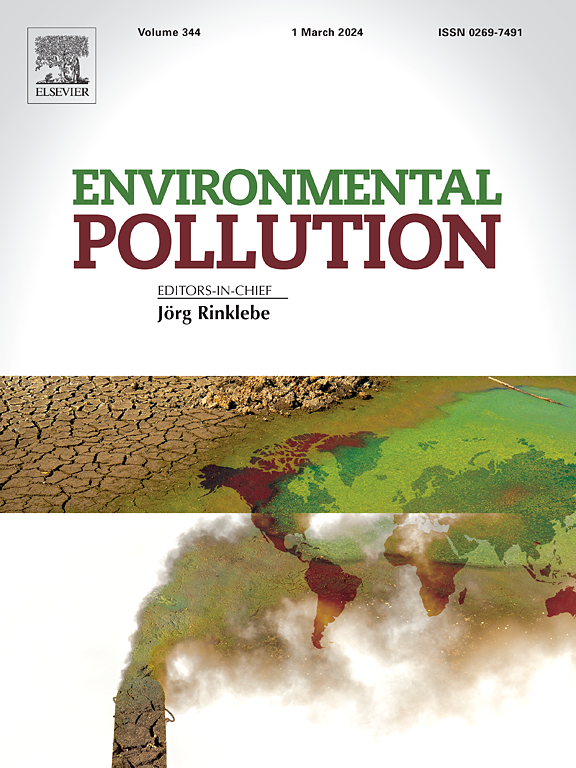Distribution Characteristics of Volatile Organic Compounds and Its Multidimensional Impact on Ozone Formation in Arid Regions Based on Machine Learning Algorithms
IF 7.6
2区 环境科学与生态学
Q1 ENVIRONMENTAL SCIENCES
引用次数: 0
Abstract
Volatile Organic Compounds (VOCs) are key components of atmospheric pollution and play a critical role in ozone (O3) formation. Understanding their distribution and pollution sources is essential to grasping the multifaceted impact of VOCs on O3 production. This study, conducted at the Yinchuan Urban Ecosystem Research Station, carried out simultaneous field observations to collect data on VOCs, meteorological factors, and O3. Machine learning algorithms were employed to analyze the sources of VOCs pollution and evaluate their impact on O3 formation. Results show that the monthly average volume fraction of total VOCs was 29.28×10-9, with alkanes dominating, accounting for 51.1% of total VOCs during summer at high altitudes. Ethane (3.55×10-9), n-hexane (3.36×10-9), and propane (2.85×10-9) were identified as key components. Artificial source contributed 78.6% of VOCs emissions in summer, with hydrocarbon volatile emission source (31.6%) and vehicle emission source (30.1%) being the major sources, while natural emissions accounted for only 21.4%. VOCs exhibited a notable negative impact on O3 levels, reflected by a total effect value of -0.29. Among the VOCs components, aromatics, halocarbons, and alkanes were identified as the primary contributors to O3 dynamics, with respective effect values of 0.84, 0.75, and 0.71, and their contribution rates were quantified as 21.8%, 19.4%, and 18.4%, respectively. Among meteorological factors, temperature was a key determinant of O3 levels, with a significant positive effect (effect value of 0.58). Temperature, wind speed, and relative humidity primarily influenced O3 through direct effects, while photosynthetically active radiation indirectly influenced O3 by affecting VOCs. The findings of this study link pollution sources, meteorological factors, and air quality management. Through systematic multidimensional analysis, it offers deeper insights into the complex relationships between meteorological factors, VOCs, and O3 in high-altitude areas. These insights provide a scientific basis for formulating precise, region-specific, and component-targeted air pollution control measures.

求助全文
约1分钟内获得全文
求助全文
来源期刊

Environmental Pollution
环境科学-环境科学
CiteScore
16.00
自引率
6.70%
发文量
2082
审稿时长
2.9 months
期刊介绍:
Environmental Pollution is an international peer-reviewed journal that publishes high-quality research papers and review articles covering all aspects of environmental pollution and its impacts on ecosystems and human health.
Subject areas include, but are not limited to:
• Sources and occurrences of pollutants that are clearly defined and measured in environmental compartments, food and food-related items, and human bodies;
• Interlinks between contaminant exposure and biological, ecological, and human health effects, including those of climate change;
• Contaminants of emerging concerns (including but not limited to antibiotic resistant microorganisms or genes, microplastics/nanoplastics, electronic wastes, light, and noise) and/or their biological, ecological, or human health effects;
• Laboratory and field studies on the remediation/mitigation of environmental pollution via new techniques and with clear links to biological, ecological, or human health effects;
• Modeling of pollution processes, patterns, or trends that is of clear environmental and/or human health interest;
• New techniques that measure and examine environmental occurrences, transport, behavior, and effects of pollutants within the environment or the laboratory, provided that they can be clearly used to address problems within regional or global environmental compartments.
 求助内容:
求助内容: 应助结果提醒方式:
应助结果提醒方式:


